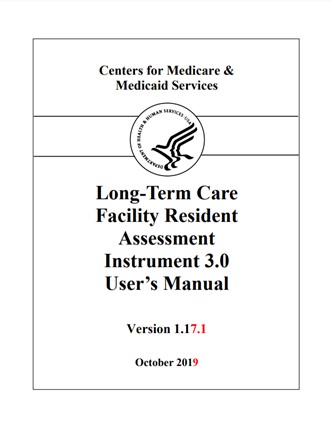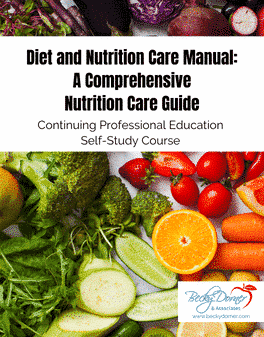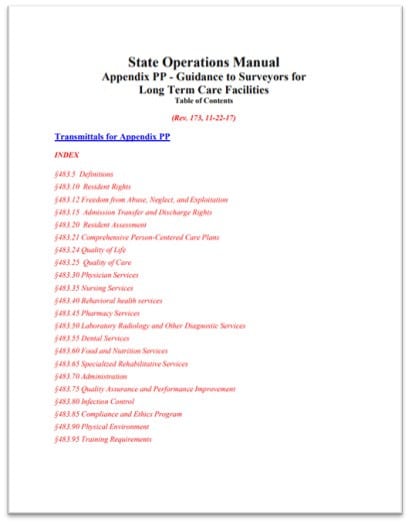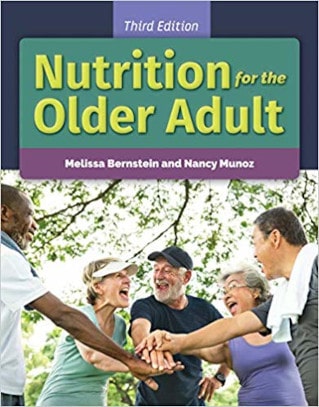This is the perfect course for RDNs and NDTRs- Stay up to date on standardized protocols in the MDS 3.0 RAI!
Receive the required Ethics CPE with this course!
This course is based on The Centers for Medicare and Medicaid Services’ (CMS) Minimum Data Set (MDS) 3.0 Resident Assessment Instruments (RAI) Manual (v1.17 October 1, 2019 revision) which is a document used for implementing standardized assessment for facility care management in nursing homes and non-critical access hospital swing beds. The purpose of the manual is to offer clear guidance about how to use the RAI correctly and effectively for providing appropriate care, which in turn will be used in creating an individualized care plan. It also assists in tracking changes in the resident’s status, evaluating goals, and revising their care plan.
The RAI provides assessments for each long-term care facility resident in functional capabilities and helps staff to identify health problems. The assessment is performed on every resident in a Medicare and/or Medicaid-certified long-term care facility. The MDS 3.0 tool includes residents in the assessment process and focuses on standardized protocols. The care plan is a resident’s path toward maintaining or achieving their highest level of well-being. The RAI manual is composed of three areas: The Minimum Data Set (MDS) Version, the Care Area Assessment (CAA) process and the RAI Utilization Guidelines.
The MDS Assessment data is used to calculate the resident’s Patient Drive Payment Model (PDPM) classification for payment. The PDPM case-mix adjusted groups is determined using extensive information on the resident’s therapy and nursing needs including ADL status, cognitive status, behavioral problems and medical diagnoses. Coding Section K accurately will affect the PDPM score including parenteral IV feeding and fluids and tube feedings. This is covered under the PDPM non-therapy ancillary (NTA) services category. Malnutrition also is captured using this system under NTA comorbidity score calculation.
A continuing professional education case-study based exam helps the reader apply the information in the required reading to their work setting.
Purchasing Options: This course is available as an “eDocument + CPE Test” only. Includes a link to the required reading in the course document, electronic test, and 1 certificate with passing grade.










Reviews
There are no reviews yet.